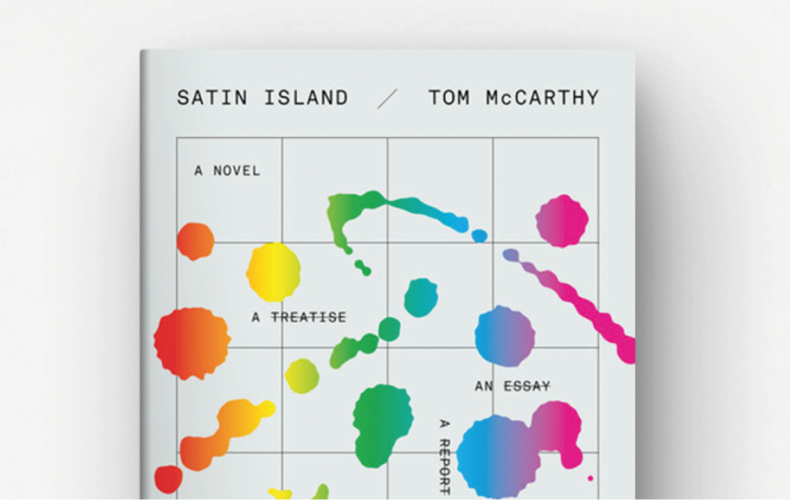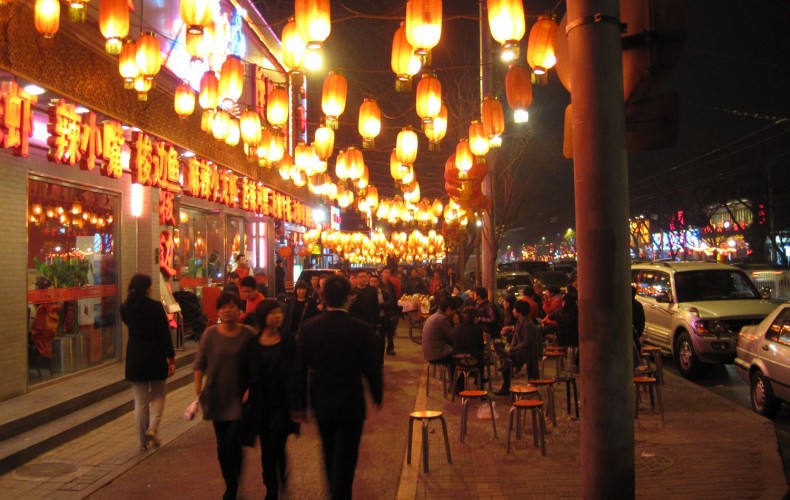Crossing the AI chasm: River’s journey so far
As a boutique agency with a strong focus on tech and digital channels, we’ve been hearing and seeing the impact of Generative AI for the last couple of years. But since the arrival of Chat GPT in the consumer space, it has been interesting to see how the dial is being turned up on this and, in turn, how it’s impacting our work and our offer. So we thought we’d share some of our experience and thoughts on this – in the spirit of transparency and helpfulness. A little about what we’ve learnt so far. Hopefully, this will be helpful to those interested in what agencies are experiencing.
So, like many people and agencies in the professional space, we initially felt we were somehow free from the threat of AI significantly impacting on our work. This was naive – but we naturally felt that as we had great client relationships that buy into the quality of service we deliver, then we wouldn’t really need to change that much (adapt a little, yes – but not really change). We saw AI kind of like a new methodology – let’s take it on and add it to our toolkit. But, in reality, we’ve had to make much bigger changes.
From our perspective, AI is moving the needle and research needs to keep up. So here are 4 things we’ve learnt so far (Disclaimer alert: we’re not presenting these as universal truths, just sharing our experiences and thoughts here!).
1. It’s a new toy for participants that can result in unhelpful contributions to the research process
Let’s start with the negative…..
When moderating a research forum recently it became apparent that a couple of users had used AI to generate their answers. The big giveaway was “as an AI machine I can’t provide opinions but….”. The participant hadn’t even read the answer – just copied and pasted the response from the AI! So that was a pain and all data had to be removed from the survey. Other respondents were more subtle – but there was an obvious pattern in their responses. Across a 3 week forum, answers to our questions suddenly went from a few words or sentences to very full and highly detailed responses. As much as we’d like to think they had just suddenly become very engaged, there was a real notable shift in language, structure, tone and detail. Basically – a few rascals were getting help from AI to complete the forum.
So now, in all our studies, we have to watch out for this and make sure our respondents stay true to their own views and opinions. We’re spending more time keeping them true to themselves and reinforcing the need to give unfiltered, real answers based on their experiences/attitudes/ needs etc. This obviously sounds like just good qualitative practice, but once you see it play out you realise how much it needs to be an extra layer to not influence your study.
2. But AI is also a great research tool!
We’ve recently built AI into our studies – seeing how it can help us and our clients get to where we want to be more efficiently. To be honest, this is the area we were most sceptical of. We’ve just lamented respondents using AI tools now we’re saying we use them. But there is a difference – honestly!
Firstly, AI should be used as an assistant to analysis, not any kind of replacement. Researchers should continue to generate the themes and insights themselves and maintain their qualitative judgement on the direction of travel of consumer sentiment on all studies. But AI can help us bring these themes and insights to life quickly and comprehensively across studies in a way that used to take days pouring through transcripts and videos – looking for evidence, quotes and clips, and generating visual assets. AI can do a lot of the basic leg work on a qualitative study that supports the main findings – this is really helpful!
Secondly, AI can also be used by our clients directly to help surface examples and themes that may help other workstreams they have or answer questions arising from the research that feed into other projects or company strategies. By using qualitative platforms that also have generative AI abilities, queries can be run on sentiment, attitudes, behaviours etc. Data can be cut and recut in a multitude of ways very quickly, with supporting evidence in the form of quotes and clips. Using tools at our disposal, and making these available to clients, allows us all to mine the data quickly and effectively, to test hypotheses and bring these to life. We see it as a tool that allows us to collaborate openly with our clients. We’ve always prided ourselves on being agile, this takes that agility up another level!
3. AI is changing consumer opinions*
A couple of years ago, when doing CX research, we would naturally hear how no one liked dealing with ‘bots’. They were impersonal, ineffective, and generally considered a barrier to problem-solving. Fast forward to today and we’re hearing something very different (although it varies widely based on the consumer segment, client sector and how well-integrated the AI is). We’re hearing how it’s better for some* consumers to ‘speak’ to an AI than wait forever on a call, only to be disappointed or bamboozled by a customer service agent. For example, we’ve spoken with participants who have social anxiety, who have said how an intelligent AI led interaction makes them feel more comfortable than dealing with humans. Just to be clear, we’re not advocating for AI to replace great customer care agents, but it’s becoming increasingly obvious that effective AI has a strong role to play in a holistic CX experience – often as a filter before a more human experience is required.
In many cases, these CX chatbots are the first experience many users have of AI but we’re also seeing an enormous amount of activity among Gen Z in particular where they’re ‘playing’ with AI tools to see what it/they can do – help with study assignments, write emails, generate avatars, and yes – help with research surveys too!
So when we’re looking at what consumers are doing, what are their influences and where they look for help and guidance, AI is now part of that conversation. It’s an area where consumers don’t like to admit they’ve taken inspiration from (no one likes to admit they are outsourcing their thinking**), but delve a little deeper, it’s increasingly there, in the background somewhere! More probing required!
4. Most client organisations don’t feel they are doing enough!
AI is a dominant factor in the majority of our studies these days – either directly or indirectly. Most of our client organisations are using/incorporating AI across workstreams and teams. AI has become key to strategy and product and service development and delivery. But speak to clients and most don’t feel they are doing enough or doing it quickly enough. AI is being built into product sprints and co-creation sessions – but are they bringing products and services to market quicker/stronger than their competitors? We’re seeing in some clients, ‘AI panic’ – the notion that AI will turn business models on their heads and change the nature, structure, competitiveness and possibly culture of a company. It’s reminiscent of the classic Geoffrey Moore model of Crossing the Technology Chasm – with everyone feeling they have to be in the Early Majority/Innovators camp or they will fall through the cracks.
In conclusion: the only constant is change
These are interesting times. It feels (to us!) redundant to argue whether we’ll have to change our approach based on the impact of AI. AI has rapidly become a tool, a service, an influencer, and a corporate strategy. It feels like it’s permeating through our studies at an increasing rate and the only way to keep up is by using it ourselves, thereby further accelerating its influence. It’s reminiscent of the early days of the internet again – so many possibilities but at this stage no real understanding of the extent to which this will change our behaviours and thinking – only that it will.
To us, here at River, this feels like a generational change. So to other smaller agencies, we would strongly recommend against any form of complacency. Get with it, be proactive, and embrace the change.
Good luck on your journey.
River Research
April 2024
* Not everyone, obviously
** This article was written by a live person










